Types of Renewable Energy Resources
Important Point
In all over the world, scientists have found six number of renewable energy resources, which are ready to use for commercial and industrial purposes, those are in the following-
1. Solar Energy
Solar energy is the primary and one of the best renewable energy resources among all other types of renewable energy. In solar energy, sunlight needs and it is available in every place. The amount of sunlight which is stored in one hour is enough for the total energy of the whole planet for one year. Solar energy is now used to operate vehicles by using solar panels. It also reduces environmental pollution.
The main advantage of using solar energy is it can be used from any location of the planet. The demand for solar energy is increasing day by day in some countries like USA, UK, India, Bangladesh, etc.
2. Wind Energy
Wind energy is that type of renewable energy which is second largest, and the usage of wind energy is just after solar energy. Wind energy plant is used in the coastal areas and deserts because the wind speed of those areas are higher than other areas.
Here, turbines drive generators which generate electricity and after that electricity will be supplied to the cities. Wind turbines is only constructed for commercial purpose, and it is not constructed for personal property or personal usage.
3. Hydro Energy
Hydro energy is the most commercially profitable renewable energy in all other renewable energy. The generating of hydro energy is very easy and economical because you just need to construct a dam or reservoir, or a barrier to store a huge amount of water, then you drive turbines through the power of water and generate electricity by driving a generator.
Hydro energy is very much reliable than solar energy or wind energy. This is the only type of renewable energy which can be stored because if you store the water, then you indirectly store the energy, so when the electricity demand is high, then you can use this energy according to the requirement. The one disadvantage of this energy is the initial cost of hydro energy is too much high.
4. Tidal Energy
Tidal energy is a modern type of renewable energy which is very popular nowadays. In tidal energy, the energy is stored in two times per day. Tidal energy is one type of hydro energy because tide comes two times per day in a river. But if the tide is not so much strong, then the electricity generation is also very low.
5. Geothermal Energy
Geothermal energy is another type of renewable energy. Geothermal energy is stored in the earth, and it is generally for heating purposes of homes. Geothermal energy is a less important energy which is widely used the countries like UK, Iceland, etc.
6. Biomass Energy
Biomass energy is the last type of renewable energy, which is basically the conversion of solid turns to electricity. In biomass energy, It includes organic compounds to generate electricity. Biomass energy is the most efficient and clean process. Biomass energy requires lowest cost energy and economical type of renewable energy.
Also Read, Earthmoving Equipment With Picture
What Are Renewable Energy Resources?
Renewable energy resources mean those natural energies which are never finished, which are sustainable, which are endless. Renewable energies are alternative energies because we generally use non-renewable energies as our primary energies. Renewable energies are the substitute of non-sustainable energy like coal energy, petroleum, etc.
Examples of renewable energies are-
- Solar energy
- Wind energy
- Tidal energy
- Biomass energy
- Geothermal energy
- Hydro energy
Also Read, Land Moving Equipment
Why Use Renewable Energy Resources?
There are various reasons are there for using renewable energy resources, those are in the following-
1. Better for the Environment
All the non-renewable energies are produced from fossil fuels, and those products damage the whole environment very much. These are the main cause of the increase global warming. Due to global warming, icebergs melt the seal level is rising day by day.
Renewable energies are more recycled and sustainable products, and it does not harm the surrounding environment. That’s why renewable energy provides a better atmosphere for living.
2. Better for Human Health
Burning of fossil uses will increase the hydrocarbon and particulate matter density in the surrounding air. But if we use renewable energies like solar energy, wind energy, tidal energy, etc, then the particulate matter density will reduce, and the air pollution will also decreased because renewable energies do not harm the environment.
3. Energy in Abundance
We need to use renewable energy because there are plenty amount of renewable resources. But in non-renewable resources like coal, it will definitely finished one day then, you can not produce any further energy from that.
4. Cheaper to Run
We use renewable energies because the cost of renewable energy is very low, so everyone can afford it easily. The initial cost of the renewable energy equipments are very much costly but after that it will easily be affordable for others. So, those are main reasons why we use renewable energy resources.
Types of Renewable Energy Resources
There are five major renewable energy sources
- Solar energy from the sun.
- Geothermal energy from heat inside the earth.
- Wind energy.
- Biomass from plants.
- Hydropower from flowing water.
Renewable Energy and Non-Renewable Energy
Resources are characterized as renewable or nonrenewable; a renewable resource can replenish itself at the rate it is used, while a nonrenewable resource has a limited supply. Renewable resources include timber, wind, and solar while nonrenewable resources include coal and natural gas.
Non-Renewable Resources
A non-renewable resource is a natural resource that cannot be readily replaced by natural means at a pace quick enough to keep up with consumption. An example is carbon-based fossil fuels. The original organic matter, with the aid of heat and pressure, becomes a fuel such as oil or gas.
Non-Renewable Energy
Non-renewable energy comes from sources that will run out or will not be replenished in our lifetimes—or even in many, many lifetimes. Most non-renewable energy sources are fossil fuels: coal, petroleum, and natural gas. Carbon is the main element in fossil fuels.
Renewable and Nonrenewable Resources
Resources are characterized as renewable or nonrenewable; a renewable resource can replenish itself at the rate it is used, while a nonrenewable resource has a limited supply. Renewable resources include timber, wind, and solar, while nonrenewable resources include coal and natural gas.
Sources of Energy
Primary energy sources take many forms, including nuclear energy, fossil energy like oil, coal, and natural gas — and renewable sources like wind, solar, geothermal, and hydropower.
Advantages of Renewable Energy
- Renewable energy sources will not run out.
- Renewable energy is reliable.
- Renewable energy is environmentally friendly.
- Renewable energy can increase public health.
- Renewable technologies create lots of jobs.
- Renewable technologies require less maintenance cost.
Geothermal Energy
Geothermal energy is heat within the earth. The word geothermal comes from the Greek words geo (earth) and therme (heat). Geothermal energy is a renewable energy source because heat is continuously produced inside the earth. People use geothermal heat for bathing, to heat buildings, and to generate electricity.
Renewable Resources Examples
Renewable resources include solar energy, wind, falling water, the heat of the earth (geothermal), plant materials (biomass), waves, ocean currents, temperature differences in the oceans and the energy of the tides.
How to Conserve Non-Renewable Resources?
The three R’s – Reduce, Reuse and Recycle – represent the best strategy for conserving non-renewable oil, coal and natural gas. The United States Environmental Protection Agency champions this approach, which was popularized by environmental conservationists in the late 20th century.
Importance of Non-Renewable Resources
Non-renewable resources are high in energy. Resources such as coal and oil tend to provide us more energy in comparison to renewable energy like solar or wind energy. Huge profits can be generated in the mining of coal, selling of oil or the construction of natural gas pipelines.
Consumption of Non-Renewable Resources
Worldwide, 85% of the energy comes from non-renewable sources. These sources, such as oil, natural gases and coal, will eventually be depleted. Worldwide energy consumption increased considerably in 2018, driven by the economic growth and increasing demand in China, which is the world’s largest energy user since 2009.
Characteristics of Non-Renewable Resources
- Non-renewable energy sources are not easily replenished.
- Non-renewable energy sources deplete over time.
- Such sources are not environment friendly.
- Logistical issues as it requires transportation for refining.
Like this post? Share it with your friends!
Suggested Read –
- West Point Bridge Designer
- What Are the Disadvantages of Epoxy Flooring?
- Introduction of Gantry Girder | Load on Gantry Gutter | Type of Load on Gantry Gutter
- What Is Self Compact Concrete | What Is U Box Text | Equipment U-Box Text | Procedure U-Box Text
- What Is Unit Weight | What Is Density | What Is Unit Weight Material | Unit Weight Building Materials
- What Is Diversion of Headworks (Rivers) | Types of Diversion Headworks | Component Parts of Diversion Headworks (Rivers)
Originally posted 2022-07-19 18:55:24.
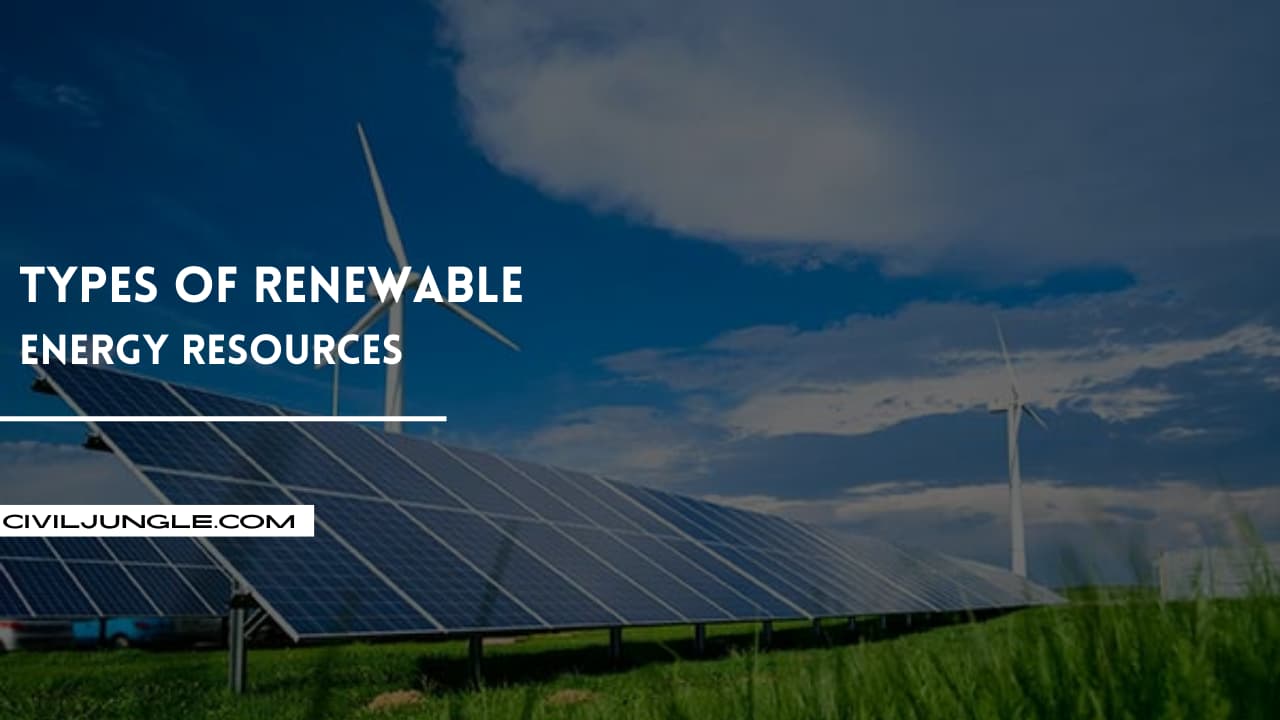
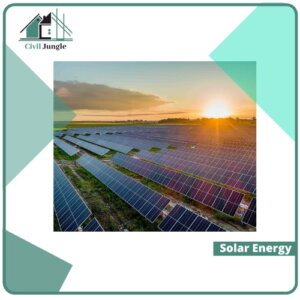
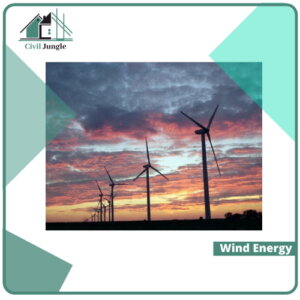

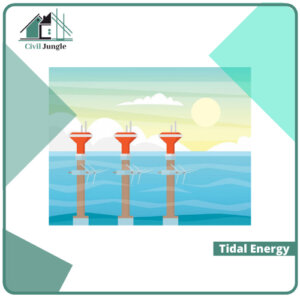
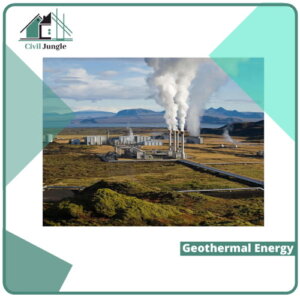
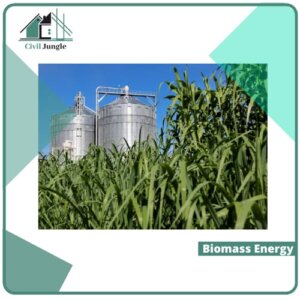
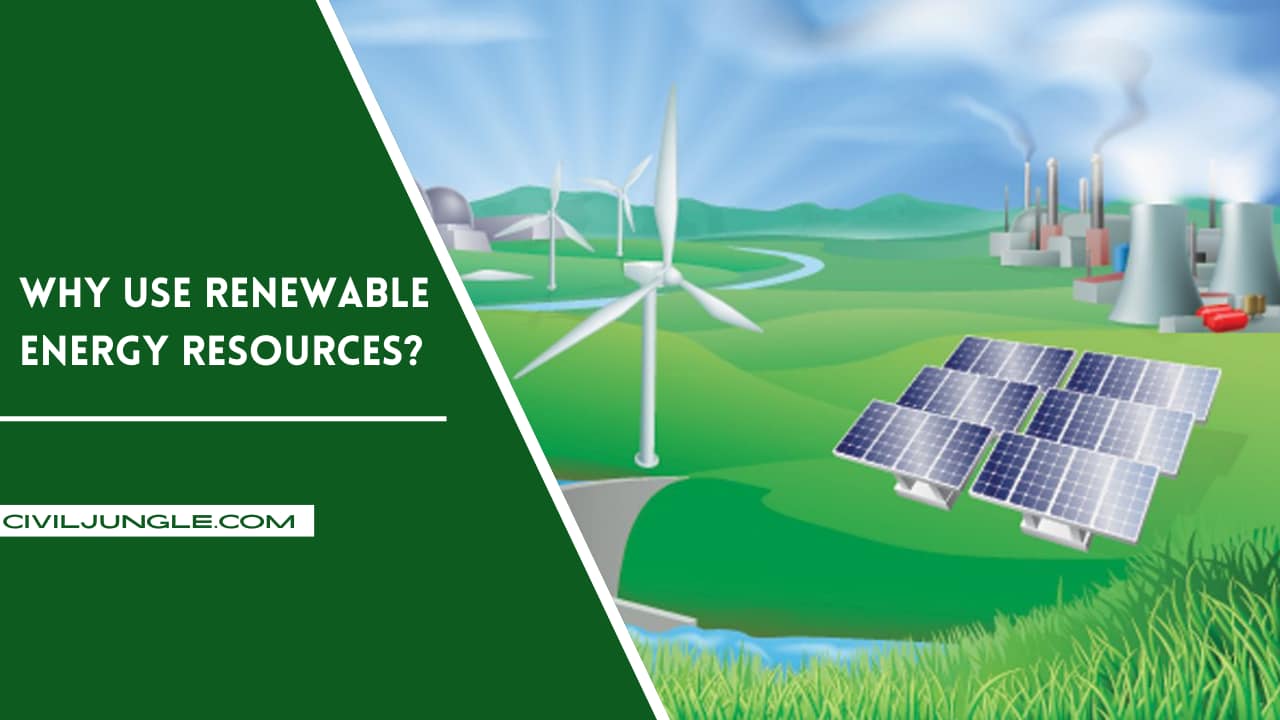

Leave a Reply